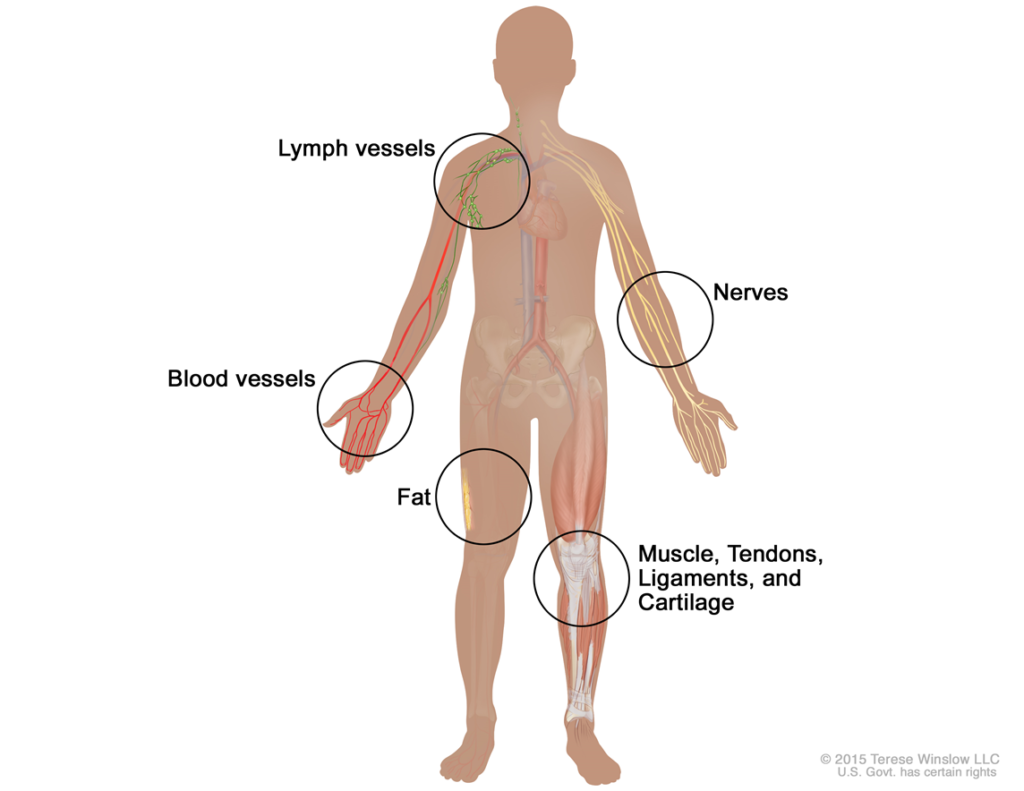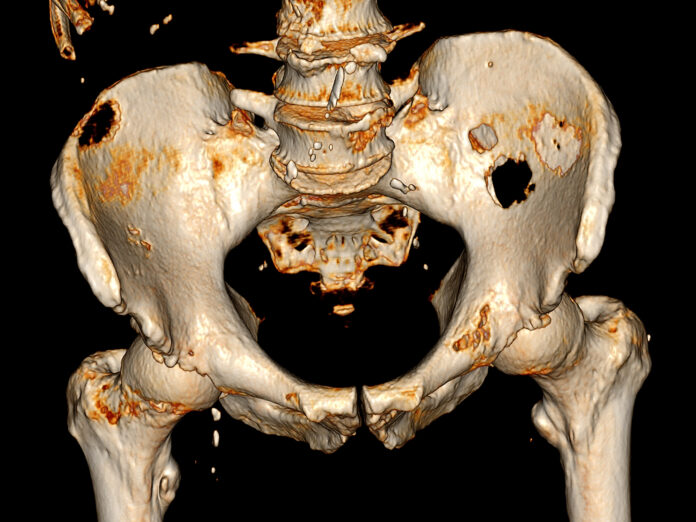What is Sarcoma? Have You Heard of It?

What is sarcoma?

Sarcoma is a rare cancer that develops in the connective tissue. Connective tissue is made up of bones and soft tissues, including fat, muscles, blood vessels, nerves, deep skin tissues and fibrous tissues.
Sarcoma can develop anywhere in the body where sarcoma tissues are present.
There are two main types of sarcoma:

•Soft tissue sarcomas are more common and grow in fat, muscles, nerves, blood vessels and deep skin. They are the most common type. They account for about 80% of all sarcomas.
•Bone sarcomas grow in bones and cartilage.
1. Who gets sarcoma?

•Youth: About 50% of all sarcomas happen before the age of 40. This may be because sarcomas often form during growth spurts.
•Those with Family history: Families with rare cancer syndromes are more likely to get sarcomas.
•Others: You’re at higher risk if you’ve had radiation therapy, a damaged lymph system or been exposed to certain chemicals.
2. Sarcoma survival rates
Survival rates depend on the type of sarcoma. They are higher when sarcoma starts in an arm or leg, and when the cancer is caught before it spreads.
Soft tissue sarcoma: The survival rate is 83% if sarcoma is found before it spreads, according to the American Cancer Society.
Bone sarcoma: The survival rate ranges from 76% to 91% if the sarcoma is caught before it spreads.
Survival rates are averages and can’t predict the outcome for any one patient.
3. Symptoms of sarcoma
The symptoms are not a definitive of sarcoma but these are some of the common symptoms seen according to sarcoma type.
a) Signs and symptoms of a soft tissue sarcoma:

•A lump on an arm or leg, often not painful, that grows over weeks or months
•Pain in the abdomen
•Blood in your vomit or stool, or black tarry stools
b) Signs and symptoms of a bone sarcoma:

•Pain in the affected bone, first only at night or when using that bone, later frequently
•Lump or mass, depending on the tumour’s location
•Fractures caused by a weakened bone
4. How is sarcoma diagnosed?

a) Biopsy
A biopsy is a procedure in which a small tissue sample is excised from the tumour for further analysis.

b) Imaging
Prior to biopsy, imaging studies such as X-Ray, PET scan, CT scan, MRI and bone scan would be performed to assess the lesion and if it has spread.
5. Treatment

The common treatment for sarcoma is:
•Surgery, which involves the removal of the tumour along with some parts of the surrounding healthy tissue.
•Radiation therapy before or after surgery
•Chemotherapy, which is a procedure that destroys remaining cancerous cells present after the surgery.
•Targeted therapies, which are recent advancements in the field that involve drugs or artificial antibodies that block sarcoma cell growth.
References:
1. National Health Service (NHS). Bone Cancer.
2. John Hopkins Medicine. Sarcoma.







